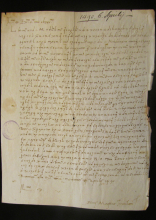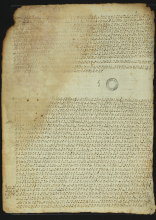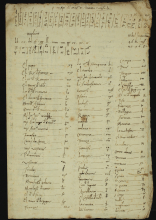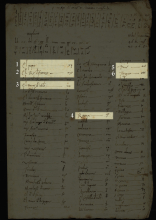From the second half of the 14th century onwards, key players in European diplomacy provided their counterparts with some information in coded form. In Italy, in the 15th century and in the beginning of the 16th century the so-called monoalphabetic, homophonic substitution method was used in the encryption practice of the papal court and the major centers of power. This means that a single set of symbols was used to replace the letters of the alphabet, which also made it possible to replace one letter with several ciphers (homophones) in order to balance its frequency. Code alphabets are simple or even multi-element “fantasy symbols”, with letters and numbers taken from the Greek and Latin alphabets. Each system reflects the ingenuity of their creators.
The examples quoted were written by Buglio Maffeo (Maffeo de Bullis) da Treviglio, ambassador of Duke Ludovico Maria Sforza of Milan, in Buda between 1490 and 1493. Several reports by him are kept in the Milan archives, in which he reports the Duke about the events in Hungary.
In a letter dated to the 2nd April, he writes about the possibility of extending the peace with the Ottomans (2). In addition to the original coded text, we can read a decoded transcript written in the court in Milan (Extractus litteram in Ziffera Maphei Triviliensis) (1).
The original record held by: State Archives of Milan
Reference code: Archivio di Stato di Milano, Archivio Sforzesco, Carteggio Sforzesco, Carteggio estero, Ungheria, busta 642, 2 aprile 1490
Date of creation: Vienna, 2 April 1490












